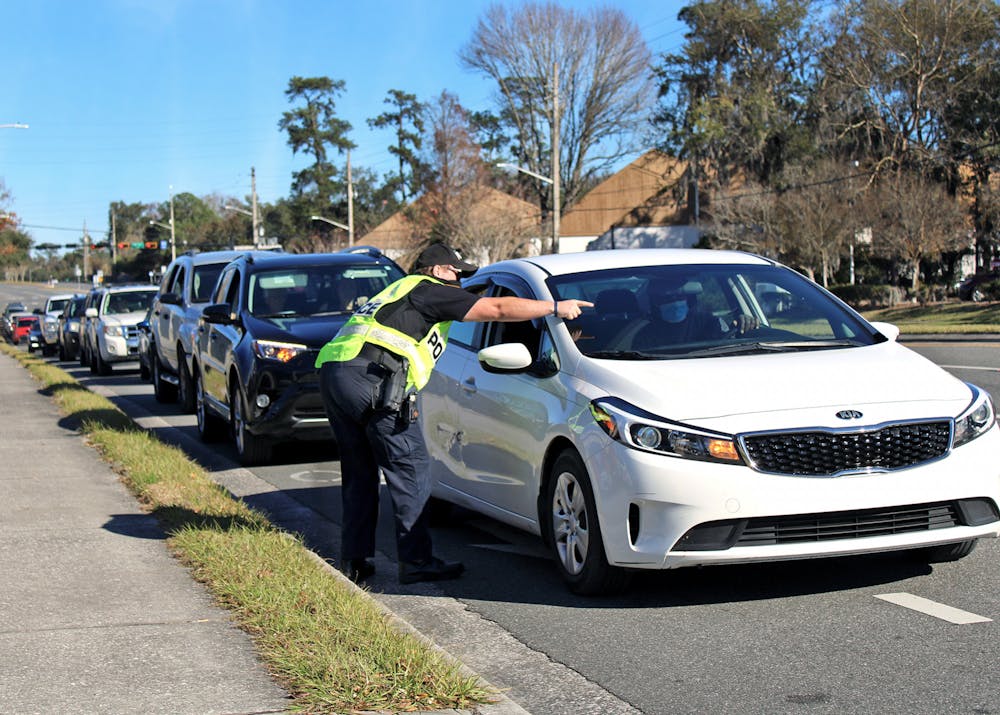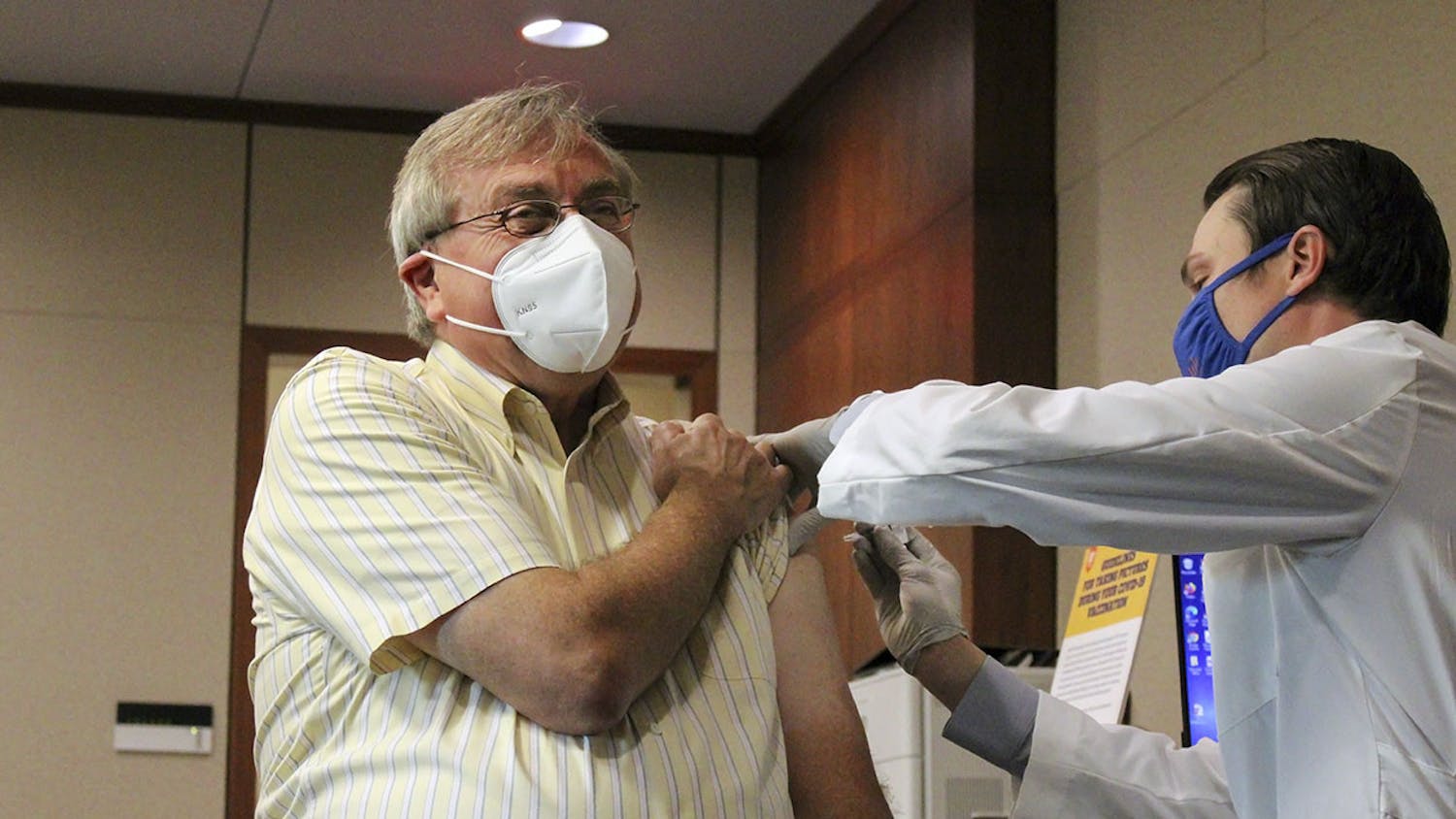Intensive care unit capacities are used to determine the severity of the COVID-19 pandemic for hospitals and the areas they serve.
However, UF Health hasn’t released daily ICU capacity figures at UF Health Shands Hospital to the public, said Steve Kirn, the co-chair of the UF faculty union’s COVID-19 task force. UF administration hasn't made an action plan available if capacities were to reach a certain level either.
Some are concerned that the UF administration’s lack of publicly available information may leave the university blindsided by a crisis.
Shands had 132 COVID-19 positive patients in its 1,100-bed hospital-wide capacity Monday, UF Health spokesperson Ken Garcia said. Of those 132 patients, 20% of them were in the ICU.
Garcia clarified in an email that this is a snapshot in time, and the hospital census changes throughout the day as patients are admitted and discharged.
The United Faculty of Florida-UF and the UF-Graduate Assistants United previously demanded increased transparency regarding UF administration’s reasoning to hold more in-person classes and for more faculty accommodations Oct. 20. Kirn said he is now calling on the administration to provide clarity on the hospital front.
There are no plans to make an ICU capacity dashboard, UF Health spokesperson Bill Levesque said. ICU availability changes too frequently throughout the day to include a dashboard similar to UF’s COVID-19 dashboard, which displays on-campus quarantine capacity and daily test counts, he said.
UF Health has extensive, internal disaster plans and processes in place for all kinds of events, including the COVID-19 pandemic, Levesque said, though he did not elaborate on what the plans entailed.
Since the onset of the pandemic, UFF-UF and UF-GAU have expressed concerns about the return of in-person classes in the Spring. The groups have said it negatively affects high-risk faculty members and disregards the failures of other universities that tried reopening in the Fall.
For example, the University of Michigan altered Spring 2021 on-campus plans to be a smaller affair by reducing its number of housing contracts and allowing instructors to determine what is the safest class format. UF should follow suit, Kirn said.
The university should lay out thresholds of infection rates showing the risks of transmission like the Centers for Disease Control’s recommended school reopening indicators, he said. For a university campus, a positivity rate of 5% or higher indicates a moderate risk of transmission, according to the CDC. These figures, alongside ICU capacities, could help UF faculty and staff determine when in-person instruction is no longer viable, Kirn said.
“You can’t wait until you’re at 4.5% and then start taking action,” Kirn said. “By then, it’s too late.”
UF-GAU has had to refer to outside sources to better understand COVID-19 on campus, Rachel Hartnett, the UF-GAU healthcare chair and English department graduate teaching assistant, said.
“It leaves you dumbfounded,” Hartnett said. “We want to make sure our most vulnerable populations are protected.”
Garcia said Shands has the ability to adjust the number of ICU beds to meet the needs of patients. One solution is using step-down beds, which provide an intermediate level of care for patients between a medical-surgical unit and the ICU.
Shands is also a major referral center for the Southeast, Garcia said. Being a Level I trauma center also accounts for some occupancies, meaning it can provide total care for an injury from prevention to rehabilitation, according to UF Health. Levesque said. Shands is comfortable with its ICU capabilities in and out of the pandemic.
Kirn recognizes the hospital is dealing with a moving target of beds and nurses, but he thinks faculty and staff should still have a voice in the process.
“We’re all in this together,” Kirn said. “I mean, that’s become the phrase everybody uses, right? If we are, then let’s really be in it together.”
Contact Manny Rea at mrea@alligator.org. Follow him on Twitter @ReaManny.

Manny Rea is a journalism sophomore and the current health reporter for The Alligator. He worked as a copy editor in his freshman year before moving over to the Avenue in summer 2020. He likes to listen to dollar-bin records and read comics, and he is patiently waiting to go back to movies and concerts.






